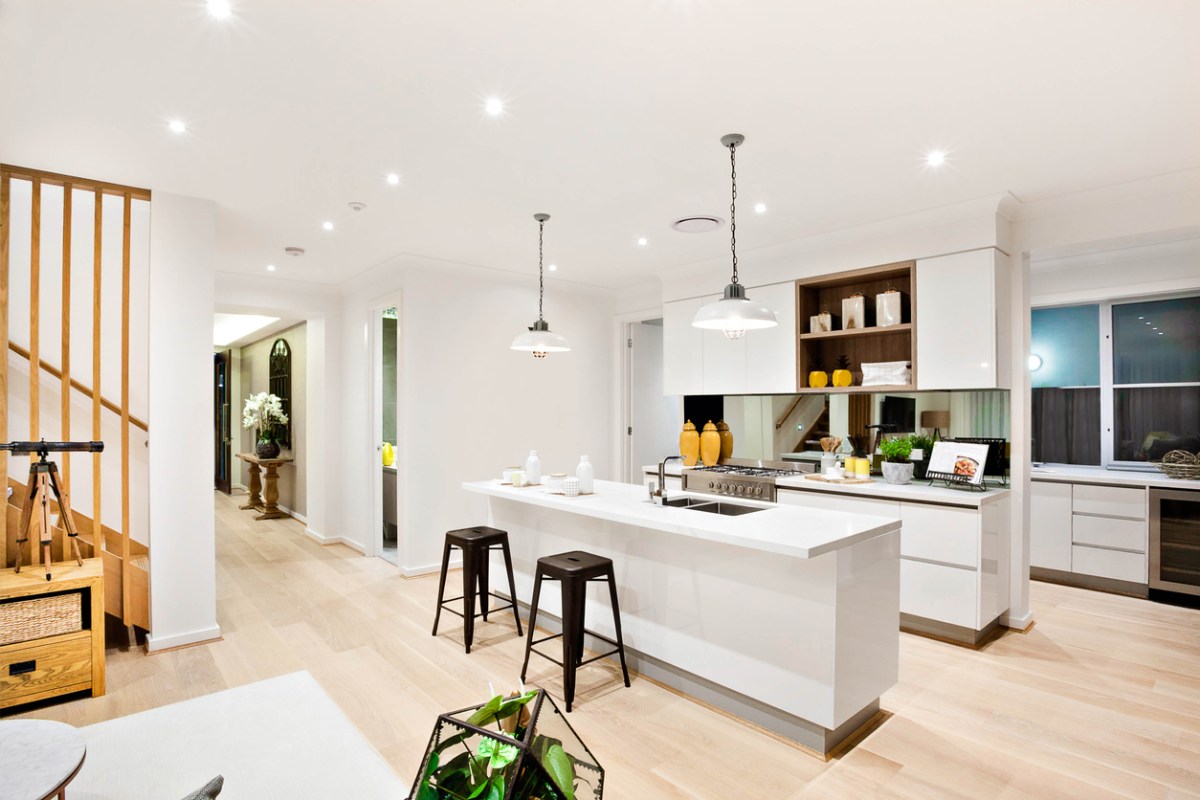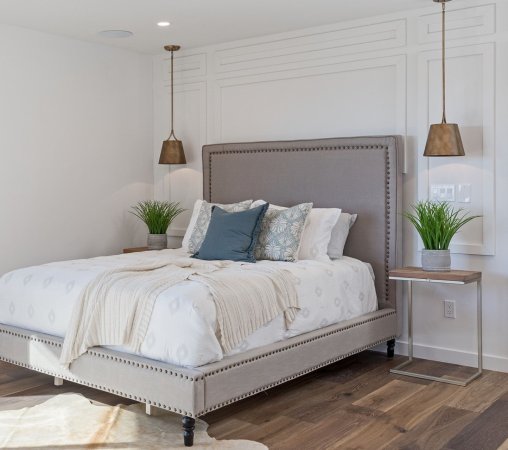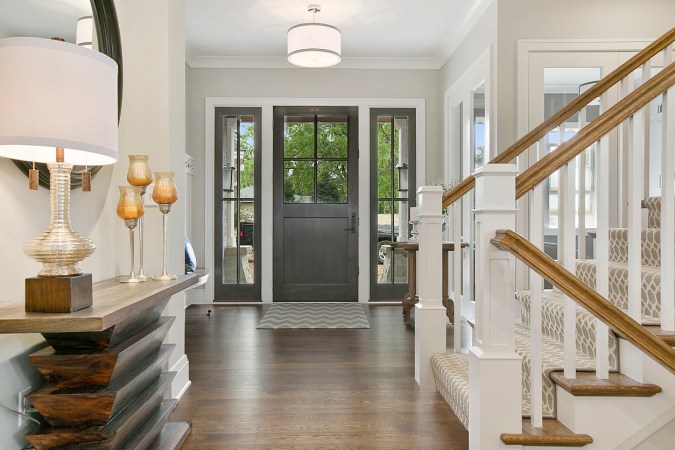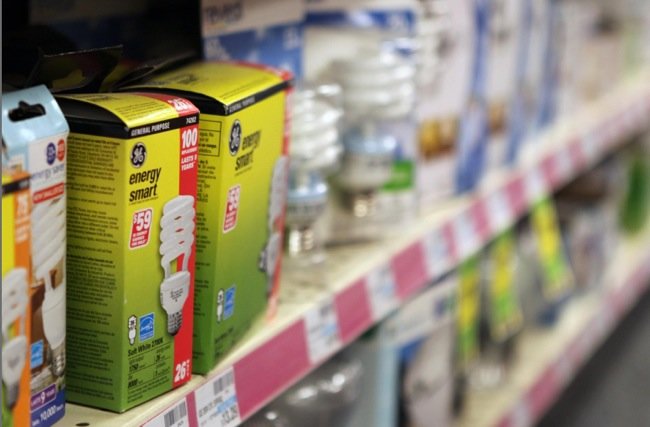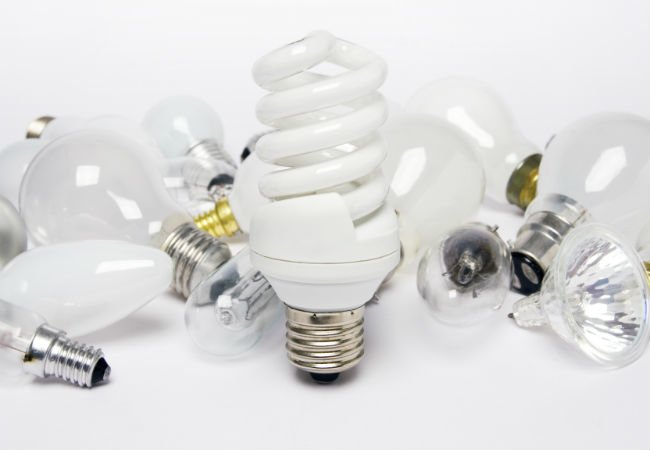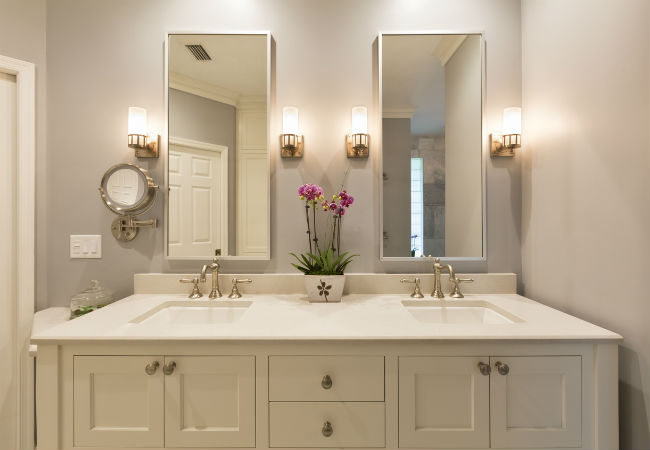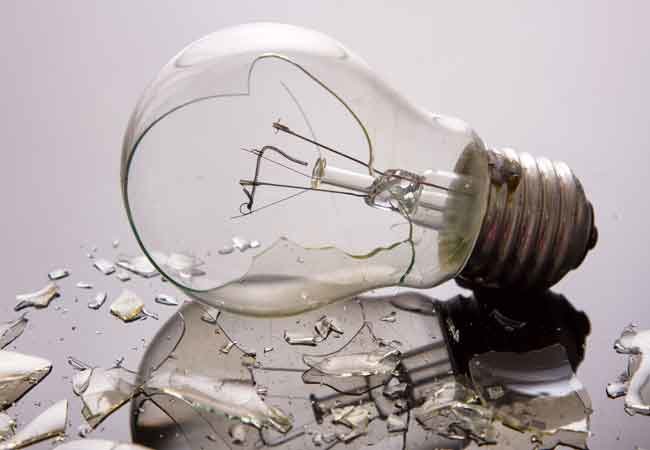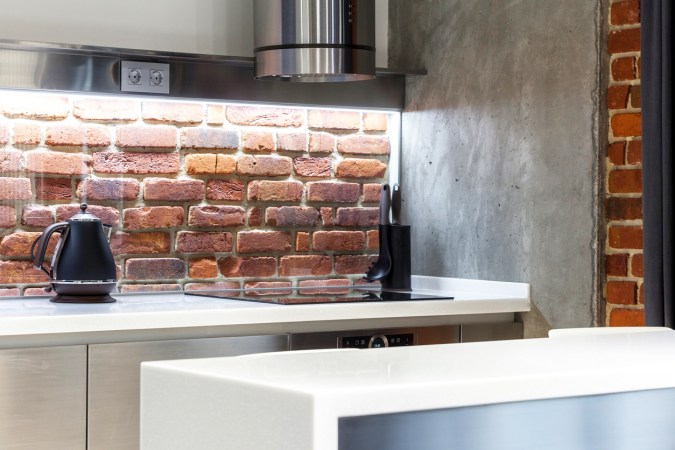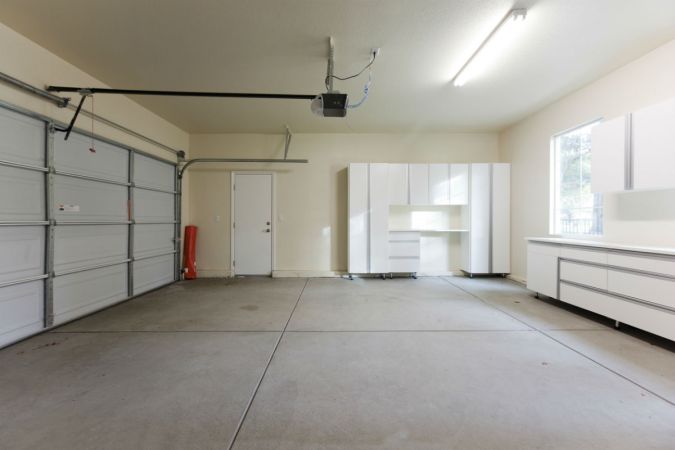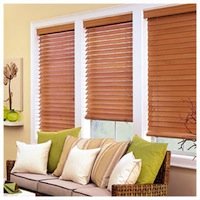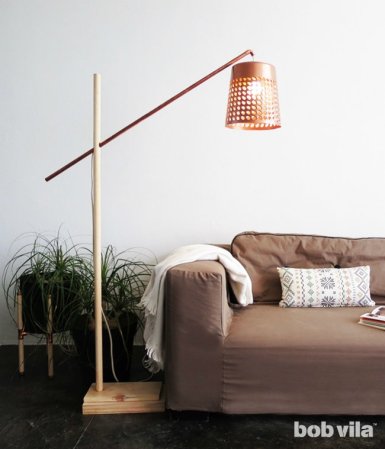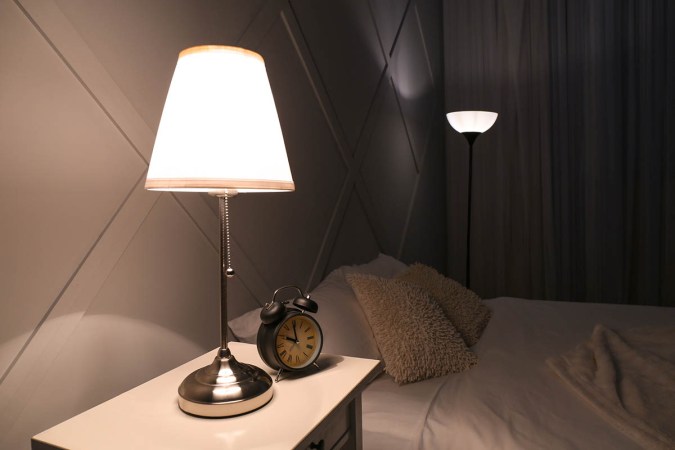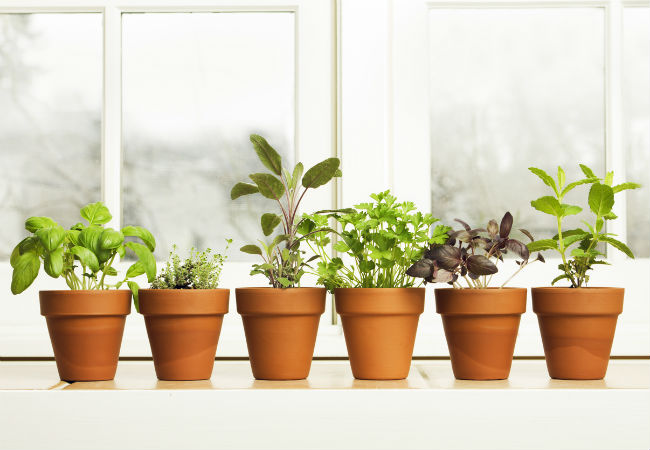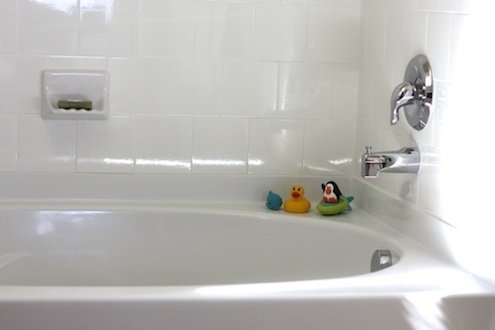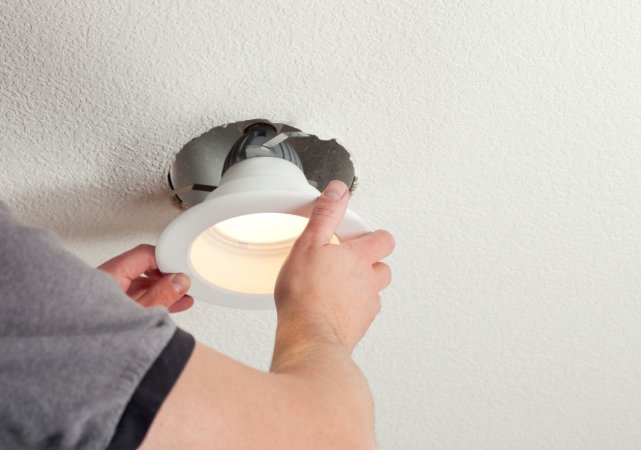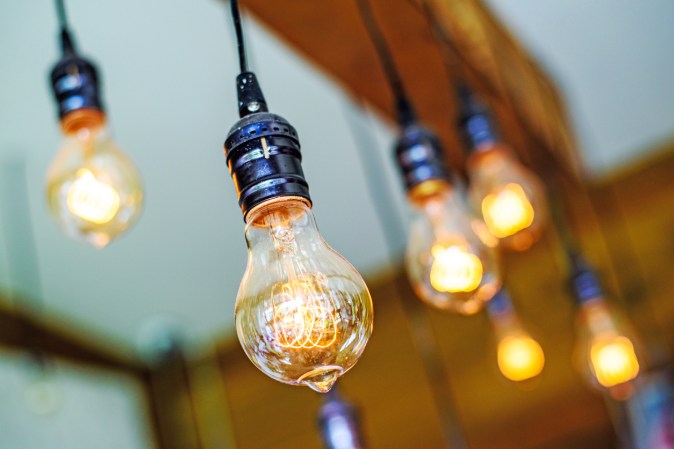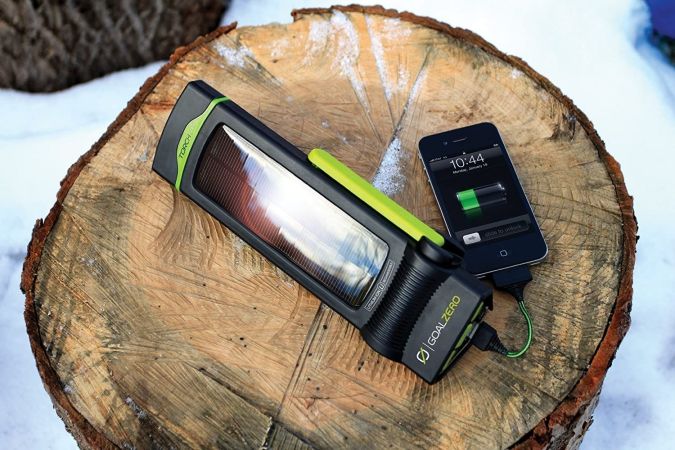We may earn revenue from the products available on this page and participate in affiliate programs. Learn More ›
Today’s residential lighting considerations go beyond decorative fixtures. Lighting influences our general well-being. It plays a role in our energy use and the greater U.S. demand for energy and its implications, and our choices may cause light pollution or add toxins to the environment. Lighting planning even includes control and maintenance decisions.
Getting the best light starts in the design. Locating and designing a project properly can take advantage of free natural daylight, increase its impact throughout a home and reduce any potential for glare. Skylights, solar tubes, translucent room partitions and glass block walls or even varied interior wall heights can be ways to bring in the light.
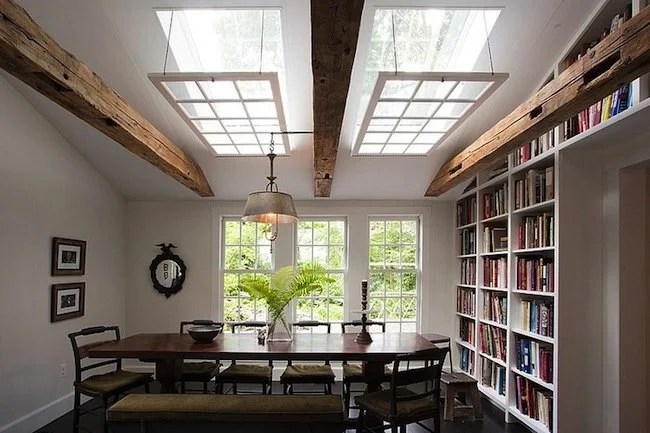
Windows with high-performance glazing can make the most of daylight and great outdoor views but need to be appropriately placed. “Window area and orientation are important factors,” says Jay Hall, acting director of the U.S. Green Building Council’s LEED for Homes program, which is a rating system that promotes the design and construction of high-performance green homes. “The goal is to have large enough windows to let in sunlight without affecting the heating or cooling load. Proper orientation with overhangs or roofs can allow in plenty of light in winter while controlling the light in summer.”
Good planning also includes minimizing light coming from a home or property, according to the Lighting Research Center, a research and education organization devoted to lighting at Rensselaer Polytechnic Institute, Troy, NY. Low-reflecting surfaces and downward-directed lights are among ways to reduce the glow that ruins access to the night sky, light trespass on neighboring properties, and glare affecting passersby.
To keep occupants comfortable and safe, plan easy control over general, task, and accent lighting with accessible switches and outlets and adjustable-height fixtures. Make life easier as you age by shielding light sources, reducing glare, and providing greater contrast between transitional areas in your home.
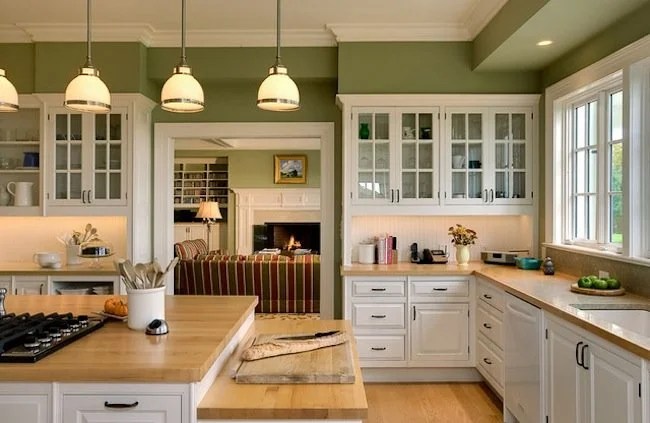
Light Sources
The lighting marketplace is evolving. When making your lighting choices, match your light source with fixtures that will ensure they perform properly and for a long time. Determine the light level, uniformity, and distribution of light, as well as the color of light you want. Figure in ease of replacement, both in actual physical access and market availability. Here are some options.
Incandescent Lighting
Our major source of electric-powered light for more than a hundred years, it is basically a glass bulb filled with an inert gas that has a wire filament. Electric current is sent through the filament, which produces a high heat and some visible light. An incandescent’s typical life is 750 to 1,000 hours, however, it is inexpensive to buy. Under the 2008 Energy Bill, the inefficient incandescent will disappear by 2014.
Compact Fluorescent Lights (CFLs)
This light has an electronic or magnetic ballast and a tube coated on the inside with white phosphor and filled with gas, including mercury vapor. Electricity flows through the gas, producing ultraviolet light that excites the coating, which then emits visible light. Some, but not all, CFLs are Energy Star-rated, meaning that they are supposed to meet government standards. The major benefits of an Energy Star-rated CFL include using about 75 percent less energy than a standard incandescent and lasting up to 10 times longer, meaning a savings up to $35 in energy bills over its extended lifetime. Among downsides: its mercury content and need for proper disposal, some may not work with dimmer or three-way switches, they should not be used in colder or hotter temperatures than manufacturers’ range and may burn out prematurely if turned on and off frequently. Most CFLs are being manufactured overseas, especially in China.
Light Emitting Diodes (LEDs)
According to the Lighting Research Center’s program manager and adjunct professor Patricia Rizzo, LEDs are semiconductors—materials that fall between those able to conduct (like metals) or insulate (like wood and rubber) electricity—and they have remarkable properties. They can act as conductors or as insulators; work at room temperature, at low voltage or with direct current; and can turn on and off almost instantly. While LEDs share all these characteristics with other semiconductors, Rizzo says, the difference is that, based on the materials used to make the semiconducting “crystal,” a byproduct is light. Among LED benefits are a long life of 50,000 hours or more, low voltage, and durability. Among their downsides are high initial cost and not being available for all general lighting needs.
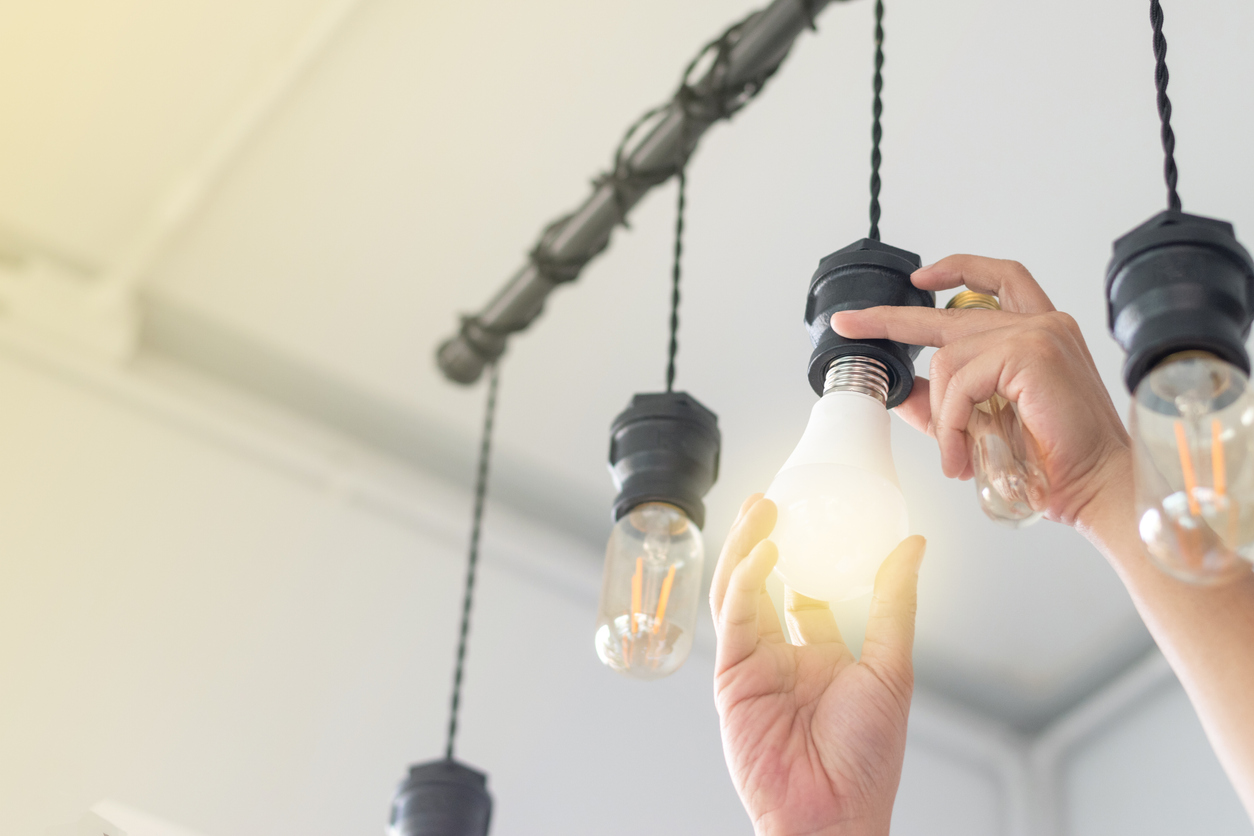
Improved Lighting Efficiency
Rizzo and her colleague, Jean Paul Freyssinier-Nova, lighting research specialist and research assistant professor, say there are several ways to improve home lighting efficiency. Among them:
- Use CFLs where appropriate, such as table and floor lamps. Select CCTs, correlated color temperatures of 2700 to 3500 kelvins, depending on preference for how warm or cool light source should appear.
- Indirect lighting such as linear fluorescents will maximize room surfaces as extensions of light source, soften shadows, reduce glare, and create impressions of brighter spaces. It’s also a good technique to conceal light sources so just the effect of the light is appreciated.
- Dimmers on all incandescents will increase their life significantly and create atmosphere.
- Use occupancy, or vacancy, sensors wherever they make sense, such as in kids’ bedrooms, laundry rooms, bathrooms, closets, basements, and garages.
Rizzo said the LRC has been cautious in recommending LED products up until now, but there are better products hitting the market. “In the area of downlights, undercabinet lights and cove lighting, we can safely say that certain LED products perform well and are becoming easier to install,” she says. “Heat sinks are integrated into the fixture design, and they can be plugged in or hardwired to run on 120 volts rather than requiring a driver to run on 12 volts.” She suggests viewing products to determine light warmth or coolness.
So, what light to choose? Each light source has its own characteristics and serves a specific function. “We still use the candle for mood and atmosphere,” says Rizzo. “For example, if you want to accent a piece of artwork, you will not do well with a CFL. It has no center beam punch, no filament, so you will just get a diffuse wash of light—no dramatic effect. Every source has its place in our lives.”
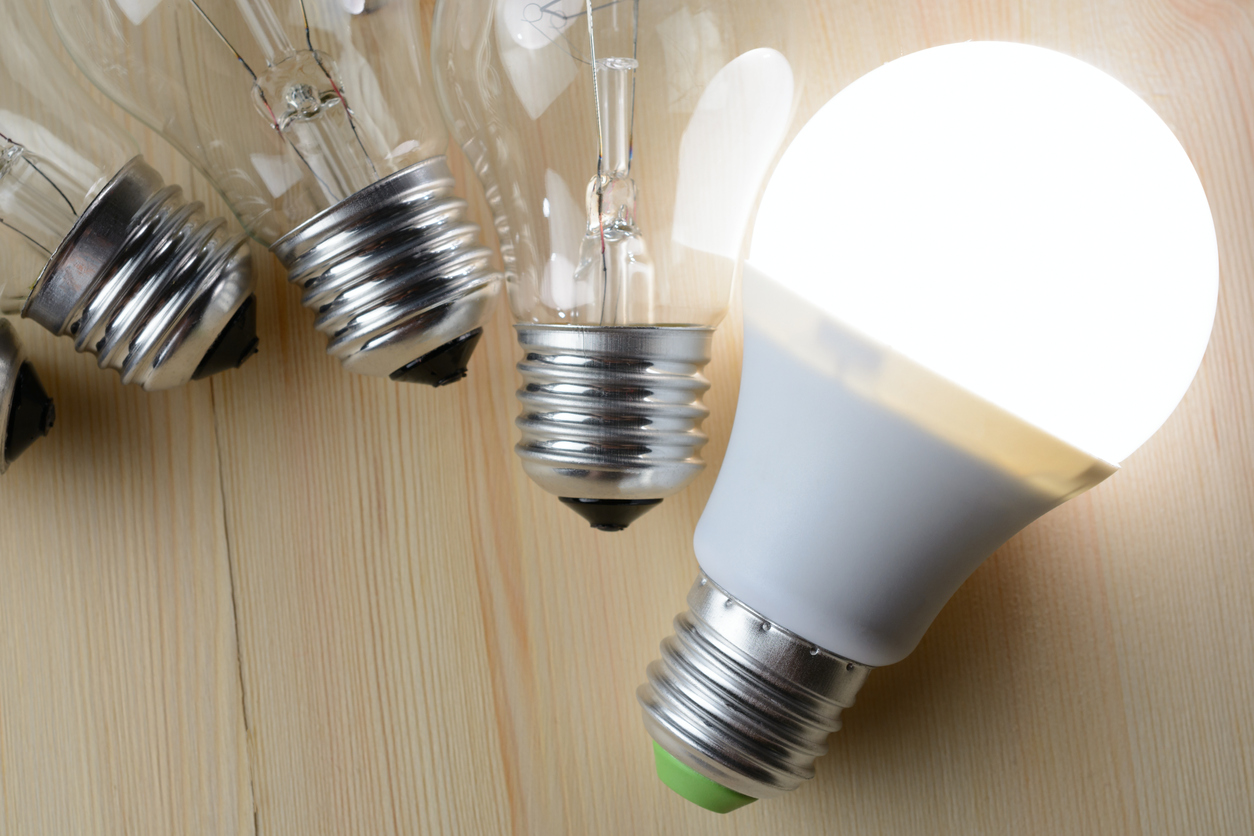
Eco-Friendly Lighting Tips
If you want to install eco-friendly lighting in your home, here are several tips:
- If you use CFLs, check now with your local government to find out how to dispose of a bulb in case it breaks. According to the EPA, here are your initial steps. If a CFL breaks, a small amount of mercury escapes. Open a window and leave the room for 15 minutes or more. Do not use bare hands to pick it up; use disposable rubber gloves. If the bulb broke onto on a flat surface, scoop up fragments and powder with stiff paper and place them in a plastic bag. Wipe the area clean with damp paper towels or disposable wet wipes and place them in the plastic bag. Seal the bag. If a CFL breaks on a carpet, remove as much material as you can using sticky tape. Once all visible material is removed, vacuum the area, remove the vacuum bag and put the bag and the sticky tape debris in a plastic bag and seal it. In both instances, place the first sealed bag in a second plastic bag and seal that bag. Dispose of the bags according to your community’s local disposal rules.
- Since energy use for lighting homes is only around 10 percent, says Jay Hall, acting director for LEED for Homes, changing out many or all of a home’s incandescent bulbs may not make a huge impact for an individual—perhaps $100 a year—but it will make an impact in the larger picture. According to the Department of Energy, if every American home replaced just one light bulb with an Energy Star-qualified bulb, the effort would save enough energy to light more than 3 million homes for a year and more than $600 million in annual energy costs as well as prevent greenhouse gases equivalent to the emissions of more than 800,000 cars.
In checking for light output equivalency, compare lumens. If a 60-watt incandescent produces 800 lumens and a qualified CFL, at 13-15 watts, produces 800 lumens, you are getting similar light output but with differing amounts of power needed to produce that amount.
